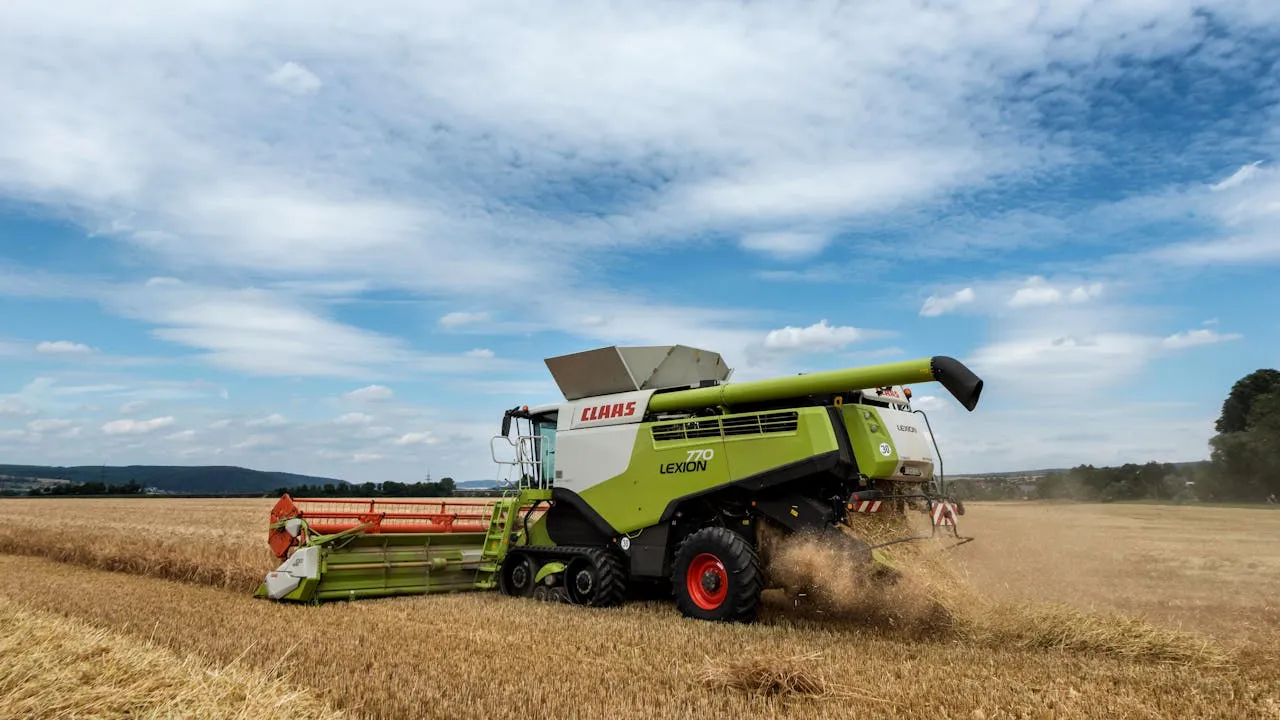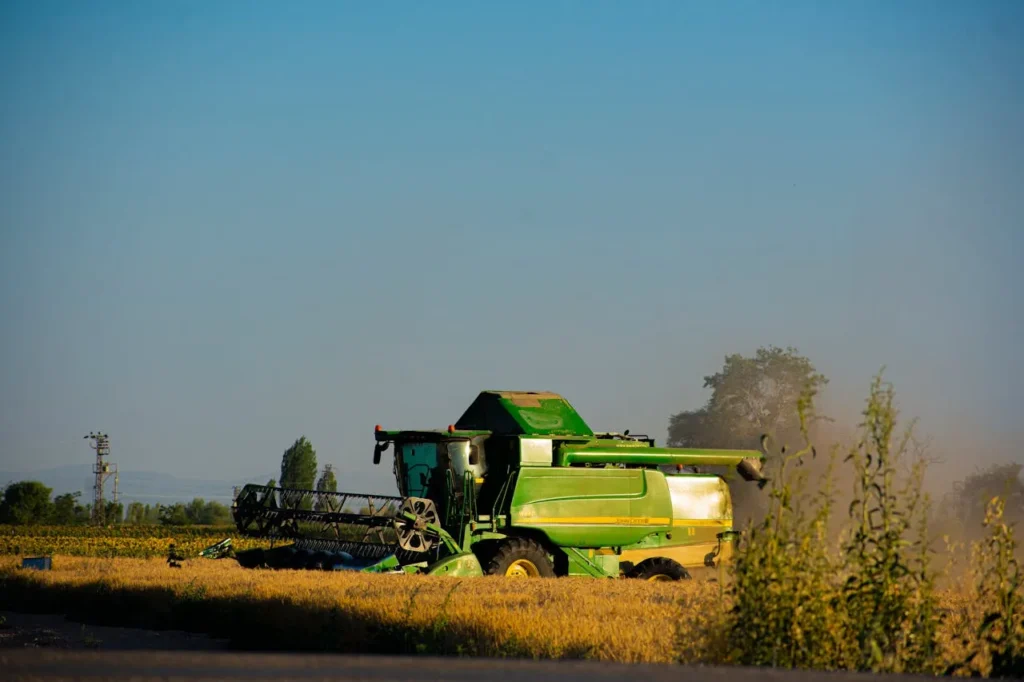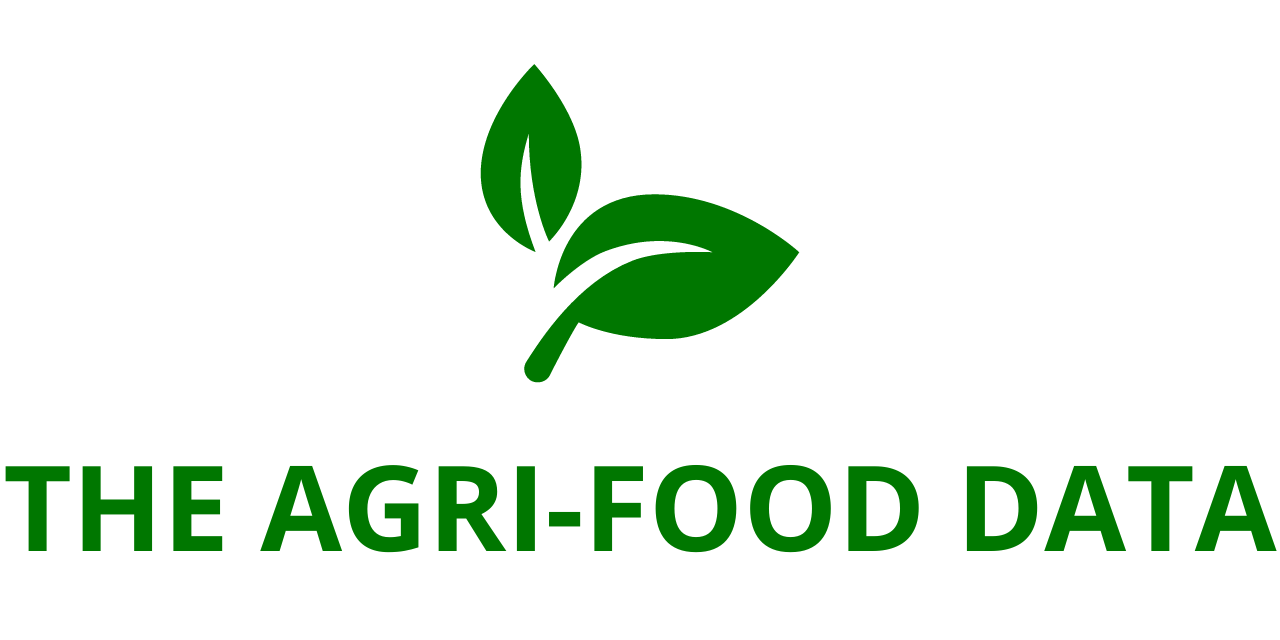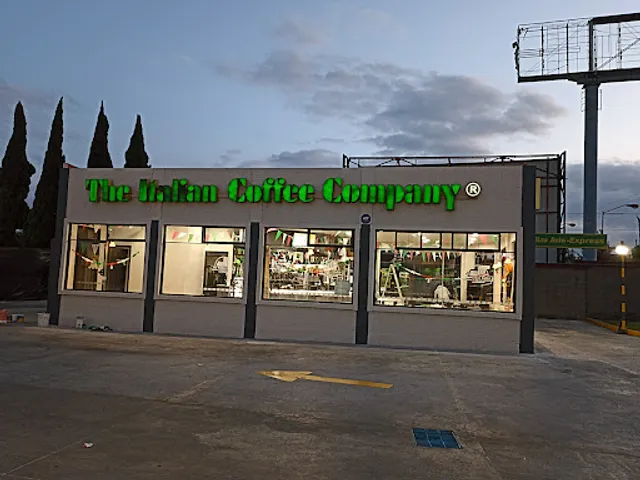
A new industry analysis report titled “Europe Smart Harvest Market: Focus on Application, Product, and Country – Analysis and Forecast, 2024-2033” has been added to ResearchAndMarkets.com’s collection, offering a comprehensive outlook on one of the fastest-evolving sectors in the agricultural technology domain. According to the report, the smart harvest market in Europe is expected to grow from $1.59 billion in 2024 to an estimated $3.10 billion by 2033, expanding at a compound annual growth rate (CAGR) of 7.67% during the forecast period.
This strong growth trajectory reflects the accelerating adoption of cutting-edge technologies in the agriculture sector across European countries. Smart harvest solutions—powered by robotics, artificial intelligence (AI), machine learning, and the Internet of Things (IoT)—are revolutionizing traditional farming practices. These innovations are not only enhancing crop yield and quality but also reducing dependency on manual labor and promoting more sustainable resource utilization.
The Shift Toward Intelligent Harvesting in European Agriculture
As European farmers respond to mounting pressures such as labor shortages, climate change, food security concerns, and the increasing demand for high-quality produce, smart harvesting technologies are emerging as indispensable tools. Unlike conventional harvesting methods, smart systems use real-time data analytics, sensor integration, and AI-powered robotics to monitor crops, determine optimal harvesting times, and automate the harvest process.
By enabling precision harvesting, these systems can identify which crops are ripe and ready, minimizing waste and maximizing productivity. The reduction in human intervention also helps mitigate the impact of fluctuating labor availability and costs, a critical issue in several European countries where agriculture remains heavily dependent on seasonal and migrant labor.
Government Support and Policy Frameworks Boosting Market Expansion
Government initiatives play a pivotal role in accelerating the deployment of smart harvesting solutions. The European Union (EU), through its Common Agricultural Policy (CAP) and Horizon Europe programs, continues to invest in smart farming innovations that align with its sustainability goals and the European Green Deal. Substantial funding and regulatory support have made it more feasible for farms—both large-scale agribusinesses and smallholders—to adopt advanced harvesting technologies.
The EU’s Digital Agriculture Strategy and its commitment to reducing greenhouse gas emissions from agriculture also promote the use of automated and data-driven solutions in the field. As a result, the market is experiencing a rising interest from both public and private stakeholders who see technology as the key to transforming agriculture into a more efficient, resilient, and environmentally responsible industry.
The Role of Climate Change and Environmental Sustainability
Climate volatility, extreme weather events, and growing concerns about water scarcity and soil degradation are reshaping agricultural practices in Europe. In this context, smart harvesting technologies offer a critical advantage: they enable more adaptive and data-driven farming systems that can respond dynamically to environmental conditions.
Smart harvest systems can track moisture levels, plant health, and weather patterns to ensure crops are harvested under optimal conditions, preserving quality and reducing post-harvest losses. Furthermore, by minimizing the use of heavy machinery and fossil fuels, automated harvest solutions contribute to reducing the environmental footprint of agriculture.
The alignment between sustainability goals and the functional benefits of smart harvesting is driving widespread acceptance among farmers and policy-makers alike. This synergy is expected to remain a core growth driver for the market throughout the forecast period.
Strategic Insights for Market Players
The report goes beyond basic market forecasting by offering deep insights into product development, innovation strategies, competitive analysis, and tailored marketing approaches. For organizations operating in or entering the smart harvest space, the report serves as a crucial guide to identifying opportunities, navigating regulatory environments, and enhancing profitability.

Product and Innovation Strategy
Companies can use the report’s insights to devise a robust innovation roadmap, identifying the most promising technologies for market entry or expansion. It details emerging trends in AI, autonomous machinery, and IoT integration, allowing companies to align their product development efforts with market demand. By doing so, businesses can enhance operational efficiency, meet strict environmental regulations, and cater to the rising demand for eco-friendly and precision-driven agriculture solutions.
Growth and Marketing Strategy
To capitalize on market momentum, the report recommends a focused growth strategy that includes identifying niche market segments, launching targeted outreach initiatives, and strengthening brand visibility. Strategic marketing efforts—such as highlighting the environmental and economic benefits of smart harvest systems—can help companies attract progressive farmers, agri-cooperatives, and institutional buyers.
Additionally, the report emphasizes the importance of building strong local partnerships and leveraging EU-backed funding programs to scale operations effectively.
Competitive Strategy
With the smart harvest market becoming increasingly competitive, the report outlines how companies can differentiate themselves through technological innovation, customer service, and integrated farm management solutions. It provides a detailed competitive landscape, assessing current players based on product offerings, regional presence, and technological capabilities.
The analysis includes recommendations on how to outperform rivals through strategic alliances, continuous R&D investment, and by offering tailored solutions that meet specific farming needs across different European regions.
Key Players and Market Landscape
The companies profiled in the report have been selected based on expert interviews, product portfolio evaluation, and market penetration analysis. These players represent a mix of established agricultural technology providers and emerging innovators that are shaping the future of smart harvesting in Europe. While the report does not disclose the full list in its summary, it promises in-depth company profiles that include financial data, strategic developments, and future outlooks.
Looking Ahead: The Future of Smart Harvesting in Europe
As the European agriculture sector continues its digital transformation, smart harvesting solutions will become increasingly integral to modern farm operations. With favorable government policies, a growing demand for sustainable food production, and rapid technological advances, the market is set to experience robust growth.
By 2033, the European smart harvest market is expected not only to surpass the $3.10 billion mark but also to become a benchmark for sustainable and technologically advanced farming worldwide. For stakeholders across the agri-tech value chain—from innovators and investors to farmers and policymakers—the coming decade presents a unique opportunity to drive impactful change through smart harvesting.
Let me know if you’d like a version tailored to a specific audience, such as investors, farmers, or policymakers.





